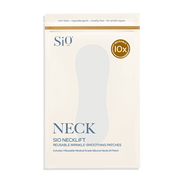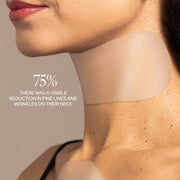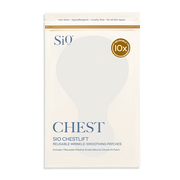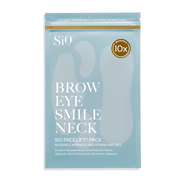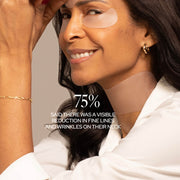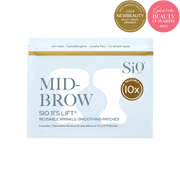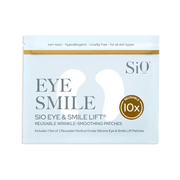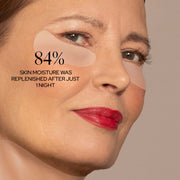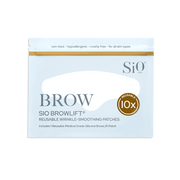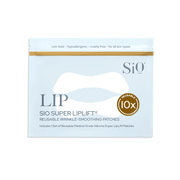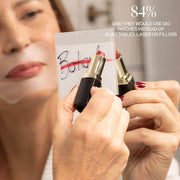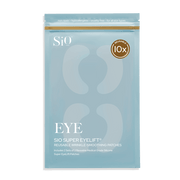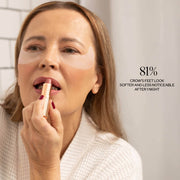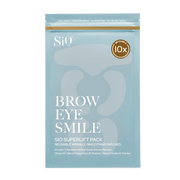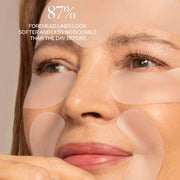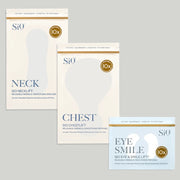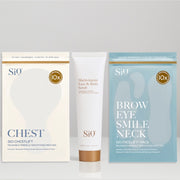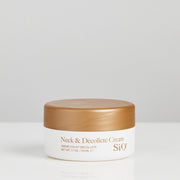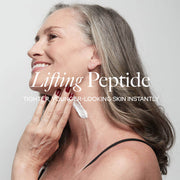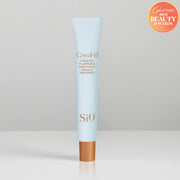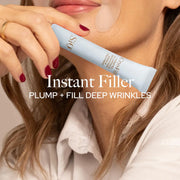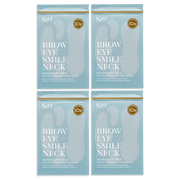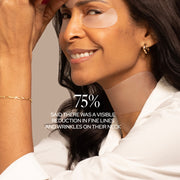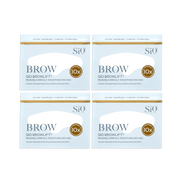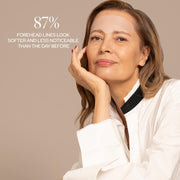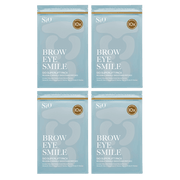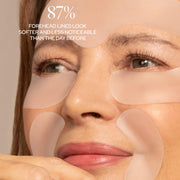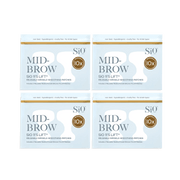Skincare Ingredients 101: Niacinamide

If we were to ask you what some of the top anti-aging ingredients were, what would you say? Retinol? Hyaluronic acid? Vitamin C, perhaps. That would make sense considering they soften fine lines and wrinkles, exfoliate, brighten and lighten dark spots, deeply hydrate, and even treat stubborn acne. However, there’s another superhero anti-aging powerhouse that should be on your list: niacinamide. And guess what? It does a little bit of everything, and almost everyone can benefit from it.
What is Niacinamide?

Niacinamide is a fancy name for vitamin B3 — also known as nicotinamide. It’s a vital water-soluble vitamin that can’t be manufactured in the body. You can profit from it by consuming certain foods (think yeast, meat, fish, milk, eggs, green vegetables, beans, and cereal grains) or oral supplements. Alternatively, it can be applied topically, which is why you see niacinamide in so many skincare products.
Niacinamide Benefits

Niacinamide skin benefits? Where do we start! How about with the fact that it harmoniously pairs with (most) other skincare ingredients. Studies show that using a 5% concentration of niacinamide regularly for three months can significantly improve fine lines, wrinkles, blotchiness, sallowness (yellowing), and tone. Niacinamide for skin has also been proven to fade pigmentation issues in as few as four weeks, even more so over time.
So, what does niacinamide do?
- Hydrates
- Softens fine lines and wrinkles
- Improves skin texture and tone
- Regulates oil production
- Treats acne
- Minimizes pore size
- Protects against oxidative stress
- Lightens dark spots and patches
- Helps treat eczema
How to Use Niacinamide

Though we mentioned that niacinamide could be paired with almost any skincare ingredient, there are a couple of essential pairing rules.
Other dark spot lighteners: If you’re treating pigmentation issues or acne scars, bolster niacinamide’s benefits by pairing it with compatible ingredients such as soy, arbutin, or kojic acid, all of which are also capable of brightening.
Retinol: While retinol and niacinamide have similar benefits, the former is more robust and can cause redness and peeling. To counteract these side effects, pair the two in your skincare routine as niacinamide has hydrating properties.
Vitamin C: Just a head’s up, don’t pair niacinamide with vitamin C — at least not at the same time. The C will turn niacinamide into niacin, which can cause redness and tingling. If you want to use both, apply C during the day and niacinamide at night.
When To Use Niacinamide

When it comes to what type of formula to use, opt for a serum over a moisturizer. Serums have a smaller molecular composition, so they can penetrate on a deeper level — which means they are more efficient in treating the skin. A niacinamide serum can be used day or night, but just be sure to pair it along with a moisturizer and sunscreen during the day. Of course, this is not to say that the other products in your routine (moisturizer included) can’t contain niacinamide, too, but prioritize your serum.
So, what is niacinamide good for? Just about everything! When shopping for a niacinamide serum or product, keep in mind that it can also be labeled on the ingredient list as niacin and nicotinamide. There are formulas with a concentration anywhere between two and ten percent, though opt for the lower end if you have sensitive skin. Two percent is enough to possibly help eczema (and similar) conditions, whereas five percent can help treat pigmentation issues.
Remember, as with any active skincare ingredient, it must be used religiously if you want to see results. Most users start to see noticeable improvements in about a month, even more so with time, so stick with it — you’ll be happy you did.

